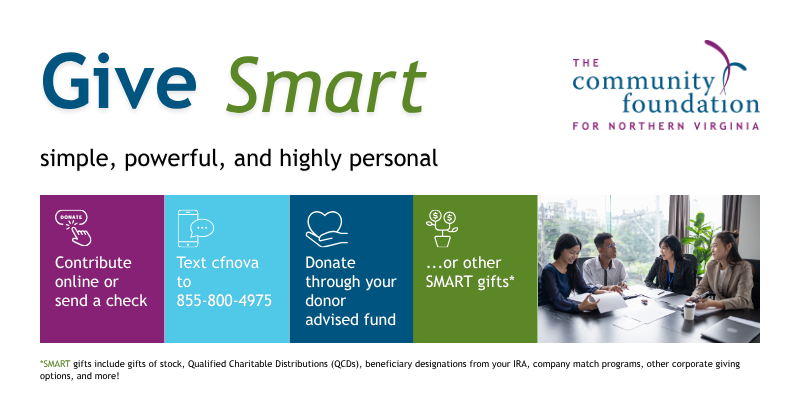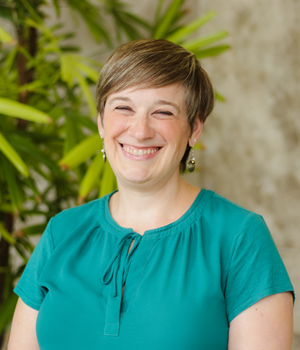Are you an attorney, CPA, or financial advisor with charitably inclined clients—but unsure how to start the conversation? You're not alone.
Many professionals find it challenging to recognize charitable intent and even more difficult to navigate those discussions without a clear framework.
To help, we’re sharing a hypothetical case example with practical tips to show how these conversations can unfold and lead to meaningful outcomes.
When estate planning attorney, Sarah Johnson, met her long-time client, James Patel, to discuss his upcoming retirement, philanthropy wasn’t on his mind. James, an engineer and unmarried father of three, described himself as “comfortable but not rich.” His goals were straightforward: reduce taxes, simplify his finances, and leave enough to his children to ensure that they will be taken care of but not so much that they aren’t motivated to become independent.
As Sarah reviewed James’s prior tax returns, she realized James had been quietly philanthropic for years—donating to his local food pantry, sponsoring youth sports, volunteering at a literacy nonprofit, and even serving on a board. James had never labeled it “philanthropy,” but his actions fit the true definition: one who makes an active effort to promote human welfare.
Sarah explained that philanthropy isn’t reserved for the ultra-wealthy. Anyone can make a difference in the causes they care about. This was a surprise to James because he’d been reading stories about "mega donors" and hadn’t realized that he could make a big difference on a scale that is right for him. Inspired, James decided to formalize his giving in a way that was both strategic and tax-efficient.
Sarah reached out to the Community Foundation for Northern Virginia to arrange a meeting for her and James with the Community Foundation. The Foundation team suggested, as a starting point, that James set up a donor-advised fund. The donor-advised fund allows James to better organize his charitable gifts, receive an immediate tax deduction, and plan future giving to the organizations he has supported for years. The donor-advised fund also creates a structure for James to involve his children in shared decisions about which causes to fund. As James put it, “This isn’t about how much I can give, but how thoughtfully I can give.”
By the end of the year, James had contributed appreciated stock to his donor-advised fund, avoiding capital gains tax and freeing up more resources for the causes he cared about. He began thinking more broadly about how he could use his fund to support not only the causes that had been his favorites over the years, but also how he could expand his community impact by supporting disaster relief, local education programs, and initiatives recommended by the Community Foundation team as particularly important to the future of the community.
With the donor-advised fund up and running, James and Sarah deepened the conversation with the Community Foundation to explore how James might update his estate plan to include a bequest to the donor-advised fund, complemented by a bequest to the Community Foundation itself to support its mission across generations. Specifically, the Community Foundation team recommended that James make these bequests through a beneficiary designation on his IRA. James had not realized that his children would get hit with so much income tax if they were named as the beneficiary of his IRA. James worked with Sarah to ensure that the other assets in James’s estate plan could fund the amounts James intended to leave to his children so that taxes were minimized.
The takeaway here
is that James’s simple lifelong habits of giving back sparked a comprehensive charitable giving plan, including a meaningful legacy plan, that blended purpose and practicality thanks to the tools and services available at the Community Foundation for Northern Virginia.If you find yourself in a similar position to Sarah as you advise a client like James, This email address is being protected from spambots. You need JavaScript enabled to view it.. We are happy to help!



 Questions?
Questions? Questions?
Questions?



